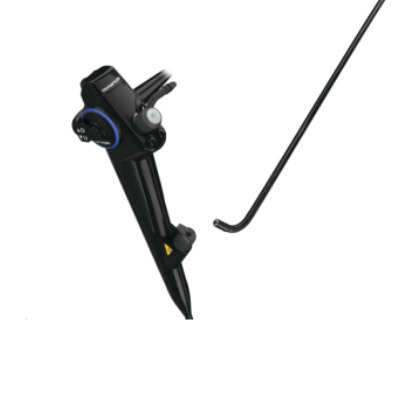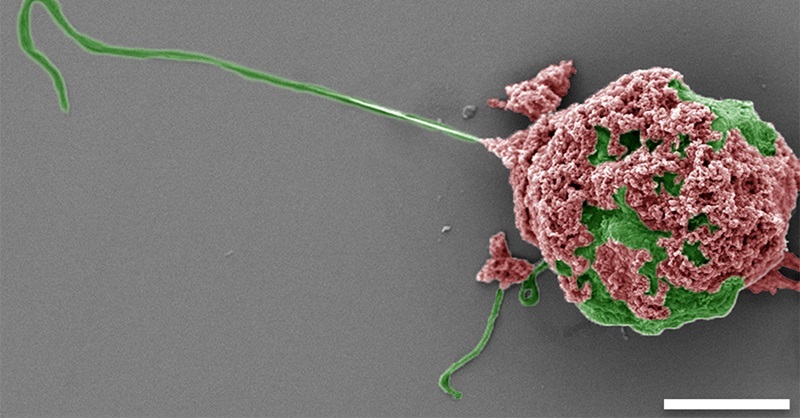Advanced Medical Fibers to Pave Way for Surgical Sutures, Wound Dressings and Textile Implants with Special Capabilities
Posted on 26 Jun 2024
Directly targeting a wound or inflammation site with medication has significant benefits: it ensures the active ingredient is effective immediately, and it avoids side effects elsewhere in the body. Traditional methods of local administration, such as ointments and injections, however, struggle to provide precise, sustained dosing. Researchers are now pioneering a solution using medical fibers that encapsulate a liquid core loaded with therapeutic agents. These innovative fibers are being developed into medical products like surgical sutures, wound dressings, and textile implants capable of delivering medications like painkillers, antibiotics, or insulin with exact dosing over extended periods. This also supports personalized medicine by allowing for patient-specific drug dosages.
The research team at Empa (St. Gallen, Switzerland) has focused on using polycaprolactone (PCL), a biocompatible and biodegradable polymer, for the fiber's sheath. This material successfully holds and gradually releases therapeutic substances. The researchers utilized a special pilot plant to produce PCL fibers featuring a continuous liquid core through melt spinning, achieving stable, flexible fibers that could be used industrially. The release mechanics of these fibers were initially tested using fluorescent markers before moving on to actual drugs.

The release rate of these drugs is influenced by the molecular size: small molecules like ibuprofen permeate through the fiber sheath, while larger molecules exit at the fiber ends. This release can be controlled by adjusting the sheath thickness and its crystalline structure. The production process varies depending on the drug's heat sensitivity; for heat-stable drugs, the active ingredients are directly integrated into the core of the fibers during the melt spinning, whereas for sensitive ones, a placeholder is initially used to fill the liquid core that is later replaced by the actual drug.
These liquid core fibers, ranging from 50 to 200 micrometers in diameter, can be woven into textiles or potentially inserted directly into the body to release drugs like insulin over time. Notably, these fibers can be refilled once depleted. The potential applications for these fibers are vast, ranging from delivering pain relief and anti-inflammatory medications to antibiotics and lifestyle drugs. The next phase of development will focus on enhancing surgical sutures with antimicrobial properties to prevent infections during operations by embedding antibiotics directly into the suture material.
Related Links:
Empa














